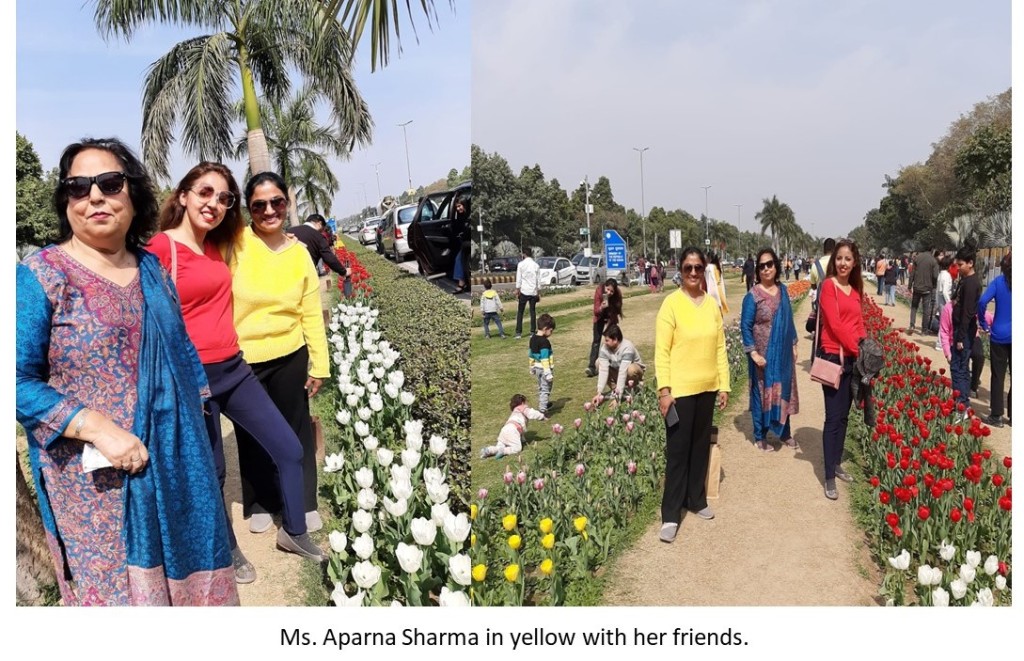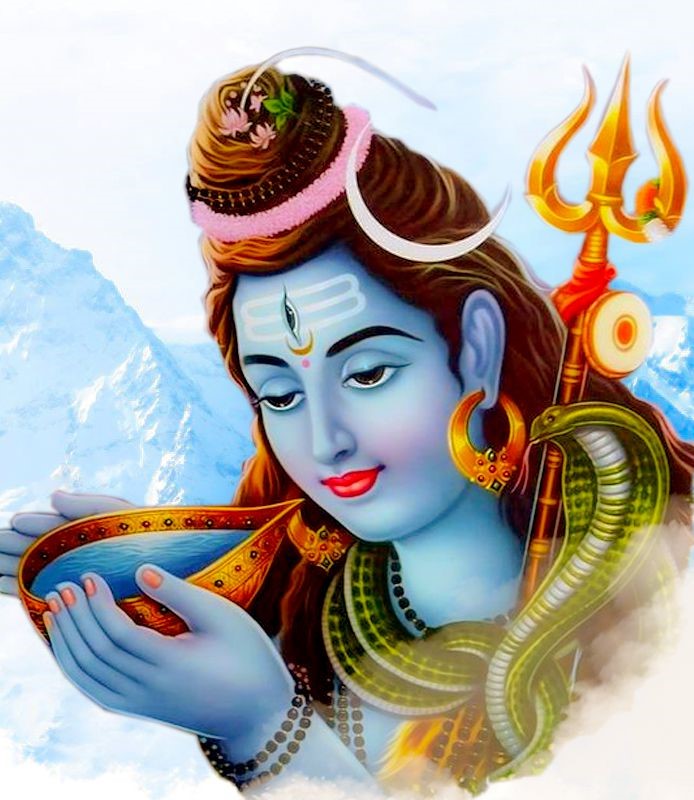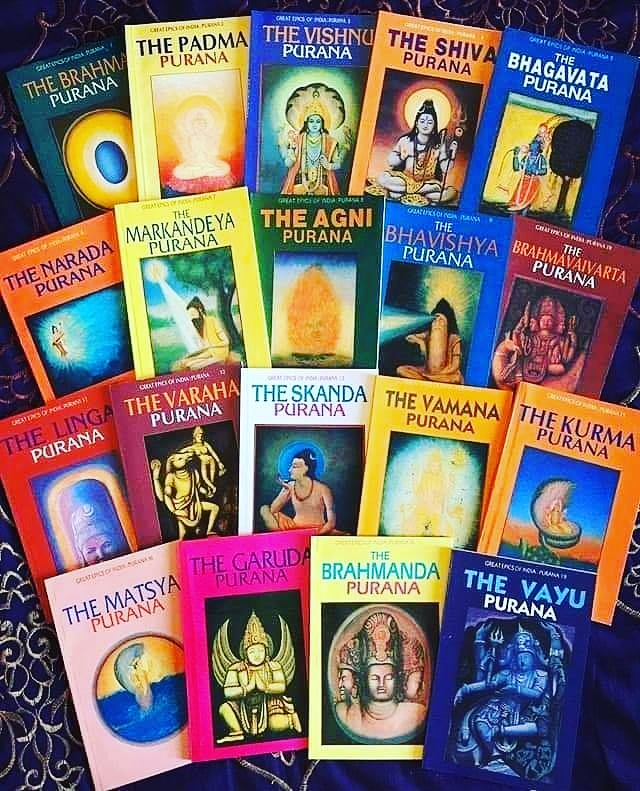Ms. Aparna Sharma
In Vedic texts, women are depicted in multifaceted roles, each reflecting their profound significance in ancient Indian society. Revered as divine creators embodying the energies of goddesses such as Śakti and Sarasvatī, women are seen as the nurturing forces behind life’s creation and sustenance. Within the household, they serve as the cornerstone of stability, managing domestic affairs with grace and efficiency while nurturing familial bonds and social cohesion. Moreover, women are celebrated as educators, transmitting cultural traditions, values, and wisdom to future generations, thereby shaping the very fabric of society. In partnership with their husbands, they share mutual respect, companionship, and support, contributing to each other’s growth and well-being. Beyond the realm of the household, women are active participants in spiritual pursuits, engaging in religious rituals, prayers, and meditative practices, reflecting their spiritual autonomy and quest for higher consciousness. Throughout Vedic texts, women are accorded profound reverence and importance, embodying the foundational principles of respect, honor, and equality that continue to resonate within Indian culture and tradition.
Women are portrayed as spiritual seekers and practitioners, actively engaged in religious rituals, prayers, and meditative practices. They have access to spiritual knowledge and participate in sacred ceremonies, demonstrating their spiritual autonomy and connection to the divine. Women in Vedic texts are revered with significant respect, honor, and importance for their pivotal contributions to family life, community welfare, and spiritual evolution. Although social norms and roles have evolved over time, the foundational principles of reverence for women and their integral role in society remain deeply ingrained in Indian culture and tradition.
Women transitioning into midlife were supported through practices such as Dinacharyā, which emphasized the importance of daily routines to maintain balance and well-being. During this pivotal stage, women were encouraged to prioritize self-care and holistic health practices to thrive in midlife. Dinacharyā, which translates to “daily regimen,” encompassed various rituals and activities aimed at nurturing physical, mental, and spiritual health. Women would adhere to specific routines involving waking up early, cleansing practices such as oil pulling or tongue scraping, and engaging in activities like yoga, meditation, and nourishing meals. These practices were believed to promote hormonal balance, reduce stress, and enhance vitality during the transition into midlife. Additionally, women received support from their communities and families, who valued their wisdom and experience, further bolstering their resilience and well-being during this phase of life.
In traditional contexts, particularly within the realms of Ayurveda, Yoga, and spirituality, the midlife transition for women holds profound significance. It is viewed as a pivotal phase marked by both physical and psychological changes, and is often referred to as the “Pitta” stage of life, characterized by the dominance of the fire element. Ayurveda, the ancient Indian system of medicine, recognizes midlife as a period of hormonal shifts and physiological transformations. According to Ayurvedic principles, women experience a decline in the “Pitta” dośa during this time, which can manifest as symptoms such as hot flashes, mood swings, and digestive disturbances. These changes are seen as a natural part of the aging process and are attributed to imbalances in the body’s dośic constitution.
Yoga, as a complementary practice to Ayurveda, offers tools for managing the physical and emotional challenges of midlife. Through the practice of āsanas (postures), prāṇāyāma (breath control), and meditation, women can cultivate balance and harmony within the body and mind. Certain yoga poses, such as twists and backbends, are believed to stimulate the endocrine system and alleviate symptoms associated with menopause. Prāṇāyāma techniques, such as cooling breaths like Shītali and Shītkari, can help pacify the fiery nature of Pitta and promote a sense of calmness and equilibrium.
Spirituality plays a crucial role in navigating the midlife transition, offering women a deeper understanding of their life’s purpose and inner fulfillment. Practices such as meditation, prayer, and introspection provide avenues for self-reflection and spiritual growth. In many spiritual traditions, midlife is regarded as a time of wisdom and self-realization, where women are encouraged to embrace their inherent strengths and cultivate a sense of acceptance and gratitude for the journey of life.
In Vedic literature, hymns and verses touch upon various stages of a woman’s life, though specific focus on midlife may be limited. The Ṛgveda, an ancient Hindu text, portrays women in diverse roles, addressing their transitions. While hymns dedicated solely to women’s midlife may be absent, the text acknowledges their importance and significance throughout different life stages. For example, Ṛgveda 10.85, attributed to sage Vasiṣṭha, celebrates women’s power and vitality, depicting them as embodiments of strength, wisdom, and nurturing qualities. While not specifically about midlife, the hymn highlights women’s importance across life stages, emphasizing their maturity and wisdom gained through experience. Similarly, Ṛgveda 10.159, known as the “Vāgambhranī Sūkta,” praises the creative power of speech, symbolized as the divine goddess Vāk or Sarasvatī. Although not directly about midlife, the hymn underscores the importance of women’s voices and their capacity to inspire positive change in society, applicable across various life stages.
However, the midlife crisis in traditional contexts goes beyond the physical and psychological realms, touching upon the existential and spiritual dimensions of human existence. It is seen as an opportunity for women to reassess their priorities, redefine their identities, and reconnect with their innermost selves. Through self-inquiry and self-discovery, women can transcend the limitations of ego and embrace the fullness of their being, finding fulfillment and purpose in every stage of life.
In contemporary times, women’s experiences during midlife crisis are influenced by a complex interplay of social, economic, and psychological factors. Shifting societal norms may fuel identity crises in midlife for women. Changes in family dynamics, caregiving roles, and aging parents can disrupt self-perception. Social media amplifies pressures to meet unrealistic beauty standards, worsening feelings of inadequacy. Career challenges like stagnation and glass ceilings can unsettle women’s midlife. Financial worries about retirement savings and pensions heighten stress. Socio-economic disparities affect women’s coping abilities during midlife transitions. Midlife prompts women to reevaluate identity and values, sparking existential questions. Societal beauty standards amplify body image concerns, causing psychological distress. Women utilize coping strategies like social support and therapy for midlife challenges.
In conclusion, the midlife crisis for women in traditional contexts is a multifaceted phenomenon that encompasses physical, emotional, and spiritual dimensions. Drawing from the wisdom of Ayurveda, Yoga, and spirituality, women can navigate this transformative phase with grace and resilience, embracing the inherent beauty and richness of the journey. As they embrace the fire of midlife with courage and compassion, women have the opportunity to emerge stronger, wiser, and more radiant than ever before. Overall, women in the Vedic period and traditional times took care of aging individuals with compassion, dedication, and reverence, recognizing the wisdom and experience that elders brought to the family and society. Their caregiving roles were deeply ingrained in cultural norms and values, emphasizing the importance of familial bonds and mutual support across generations.

By incorporating traditional wisdom into contemporary frameworks, we acknowledge the timeless relevance of age-old insights. This integration allows us to address modern challenges with a holistic perspective, drawing from the wisdom of the past while adapting to the complexities of the present. Through this approach, we create a more balanced and sustainable approach to navigating midlife transitions in today’s rapidly changing world.
Ms. Aparna Sharma, Integrative Intervention Therapist, Psychotherapist, ANANTHAM MIND STUDIO





